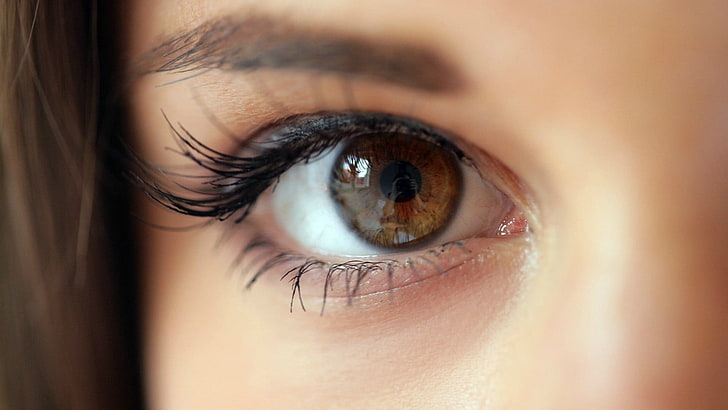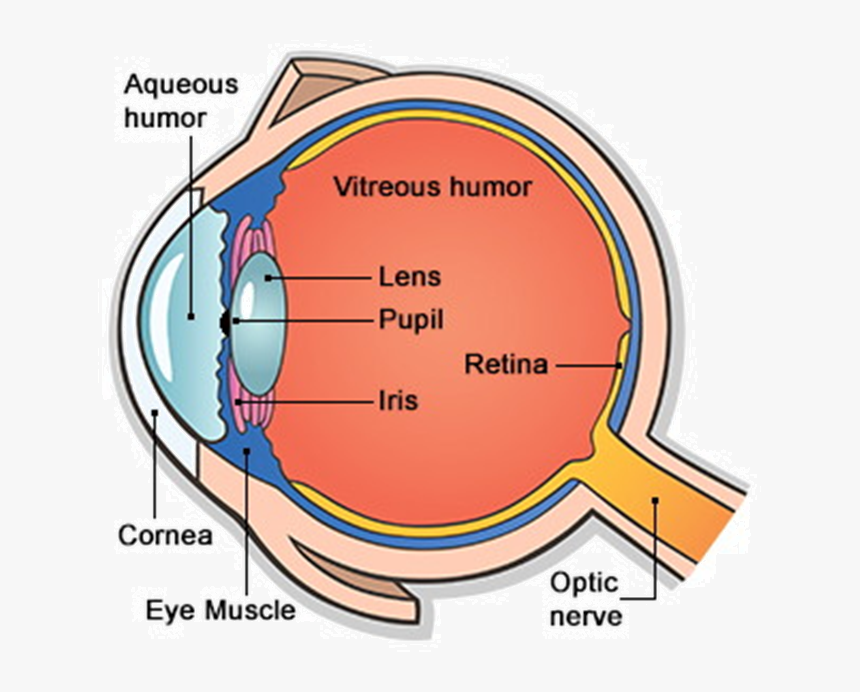
The eye is an organ that detects light and converts it into electro-chemical impulses in neurons. The eyes enable us to see and help us to interpret the world around us. The eye has a number of components which include the cornea, iris, pupil, lens, retina, choroid, and optic nerve. The cornea is a transparent layer that refracts light and creates a clear image on the retina. The iris is the coloured part of the eye that controls the amount of light entering the eye by adjusting the size of the pupil. The lens is a curved, transparent structure that helps to focus light onto the retina. The retina is a light-sensitive layer of tissue that contains photoreceptor cells that convert light into electrical signals. The choroid is a layer of blood vessels between the retina and the sclera and provides oxygen and nourishment to the eyes. The optic nerve transmits the electrical signals from the retina to the brain, where visual information is processed and interpreted.

i,aye
